Preface
With a focus on longitudinal physician-patient relationships caring for a range of conditions across multiple settings, family medicine is a medical specialty uniquely positioned to impact the core functions of primary care: First Contact, Comprehensiveness, Continuity and Coordination.1 As a patient’s primary point of contact in the medical system, family physicians are trained to build patient trust, monitor population health, and provide both preventive and acute treatments in inpatient, outpatient and other settings. The scope of a family physician’s practice knowledge base runs both broad and deep, and their training incorporates care of children, adults, and the elderly, as well as women throughout pregnancy, birth, and the postpartum periods.
The American Board of Family Medicine (ABFM) conducts regular surveys of family physicians across multiple points in their training and practice careers, not only during and shortly after residency training completion, but when they complete continuous certification cycles. These surveys are unique for many reasons, including their exceptional response rates. Furthermore, their analyses are used to inform not only the ABFM and Diplomates, but also policymakers, planners, and the public, about the remarkable work of family physicians and their teams. Survey data have been pivotal in advancing funding for family physicians and primary care, a better understanding of the discipline and its needs, and improving patient and population health.
Findings from these surveys tell us what family physicians are doing in practice, how it is changing over time, and who they are serving and working with. The findings also tell us how they are adapting to changes in the external environment, such as payment reform, team-based care, digital health adoption, consolidation of delivery systems, and even the pandemic. A range of stories have emerged from the ABFM research team’s use of these data over the past decade. For example, after documenting the rapidly declining scope of family medicine, survey responses revealed that a broader scope of practice, and particularly provision of obstetrical care, may be protective against physician burnout.2, 3 Family physicians are among the leaders in value-based care transformation efforts, advocating for metrics that improve population health and promote health equity.
Using the most up to date data available, we present the first edition of the Family Medicine Factbook, a curated series of basic analyses intended to provide a broad perspective on family medicine and family physicians themselves. We hope that patients, physicians, payors, policymakers, and advocates will benefit from learning more about this keystone specialty of U.S. primary care, gaining a better understanding of the physicians’ geographic distribution, the populations served and services provided, their team-based care leadership and the challenges faced in the course of their work. We welcome your feedback, as we hope this is but the first in a series of data-driven insights into the contributions of the family medicine workforce.
